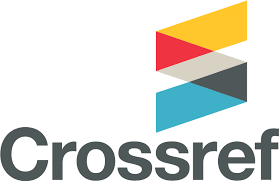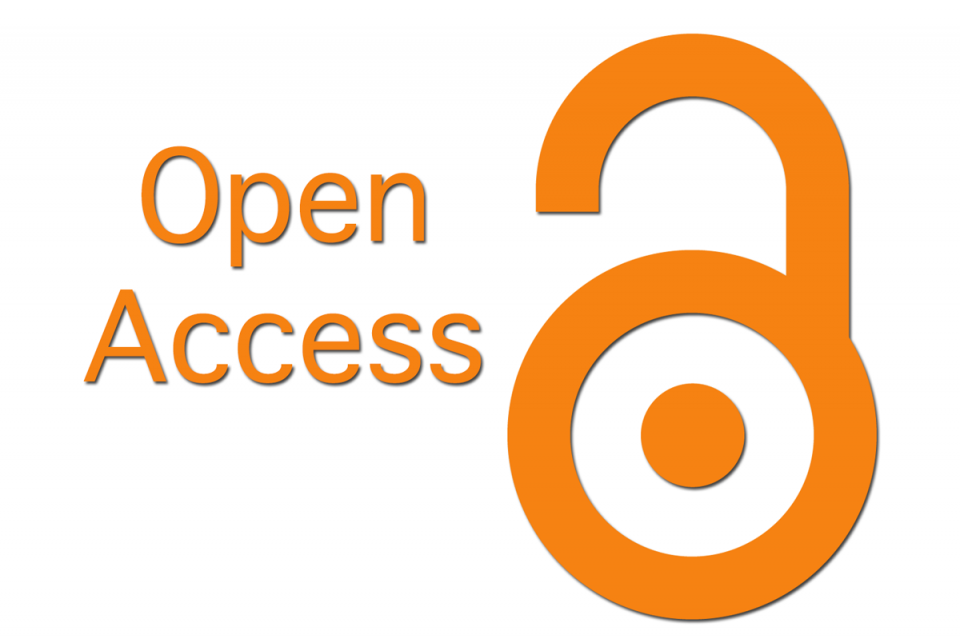Problems of Studying Pictographic Criminal Writing by Linguistic Experts
Abstract
The article describes tattoos which are a relatively unknown pictographic criminal writing, understudied by linguists. The author analyzes the difficulties of collecting material, as well as the problems of carrying out linguistic expertise. At present linguistic analysis on tattoos of code-bound criminals are extremely relevant in the process of collecting evidence for the state to get control of the elite of the criminal world. The article describes the expertise situations in which the linguist-expert has been involved, provides typical examples that have both practical and theoretical significance for the study of these polymodal semiotic complexes.
Downloads
Metrics
References
Бронников А.Г. Тело-вернисаж. Татуированная преступность России: Учебное пособие для работников правоохранительных органов. Пермь, 1998. 106 с.
Грачёв М.А. Жаргон и татуировки наркоманов: Краткий словарь-справочник. – Нижний Новгород, 1996.
Грачёв М.А. Лингвокриминалистика. – Нижний Новгород: Нижегородский государственный лингвистический университет им. Н.А. Добролюбова, 2009.
Грачёв М.А. Мифологемы в лингвистических жанрах криминальной субкультуры: диахронический аспект/ Sprachgeschichte und Sprachwandel im Slavischen. Трир:Peter Lang 2020. С.117-136
Грачёв М.А. Тайны забытой рукописи П.П.Ильина / Исследование жаргона преступников: монография. – Москва: Флинта. – 2020.
Грачёв М.А. Процесс и пути перехода криминальных пиктограмм в законопослушную среду русскоязычного населения / Активные процессы в современном русском языке: национальное и интернациональное : сб. науч. ст. / отв. ред. Л.В. Рацибурская. — Москва : Флинта, 2021.С.175-184.
Загребин Д.В., Добренко М.А. Криминальная среда – объект деятельности оперативных подразделений ОВД. Учебное пособие/ Загребин Д.В., .Добренко М.А.Пермь, 2010.
Мильяненков. Л.А. По ту сторону закона. С-Пб., 1992.
References
Bronnikov A.G. Body Opening Day. Tattooed Crime in Russia: A Study Guide for Law Enforcement Officials. Perm, 1998.106 p. (In Russian)
Grachev M.A. Jargon and Tattoo Addicts: A Concise Dictionary. - Nizhny Novgorod, 1996. (In Russian)
Grachev M.A. Linguistic forensics. - Nizhny Novgorod: Nizhny Novgorod State Linguistic University. ON THE. Dobrolyubova, 2009. (In Russian)
Grachev M.A. Mythologemes in the linguistic genres of the criminal subculture: the diachronic aspect // Sprachgeschichte und Sprachwandel im Slavischen. Trier: Peter Lang 2020. (In Russian)
Grachev M.A. Secrets of the forgotten manuscript of P.P. Ilyin / Investigation of the jargon of criminals: monograph. - Moscow: Flint. - 2020. (In Russian)
Grachev M.A. The process and ways of transition of criminal pictograms into the law-abiding environment of the Russian-speaking population / Active processes in modern Russian: national and international: collection of articles. scientific. Art. / otv. ed. L.V. Ratsiburskaya. - Moscow: Flinta, 2021, pp. 175-184. (In Russian)
Zagrebin D.V., Dobrenko M.A. The criminal environment is the object of activity of the operational divisions of the Internal Affairs Directorate. Textbook / Zagrebin D.V., Dobrenko M.A. Perm, 2010. (In Russian)
Milyanenkov. L.A. On the other side of the law. S-Pb., 1992. (In Russian)
Copyright (c) 2021 Михаил Грачёв

This work is licensed under a Creative Commons Attribution 4.0 International License.
The authors, which are published in this journal, agree to the following conditions:
1. Authors retain the copyright to the work and transfer to the journal the right of the first publication along with the work, at the same time licensing it under the terms of the Creative Commons Attribution License, which allows others to distribute this work with the obligatory indication of the authorship of this work and a link to the original publication in this journal .
2. The authors retain the right to enter into separate, additional contractual agreements for the non-exclusive distribution of the version of the work published by this journal (for example, to place it in the university depository or to publish it in a book), with reference to the original publication in this journal.
3. Authors are allowed to post their work on the Internet (for example, in a university repository or on their personal website) before and during the review process of this journal, as this may lead to a productive discussion, as well as more links to this published work (See The Effect of Open Access).











